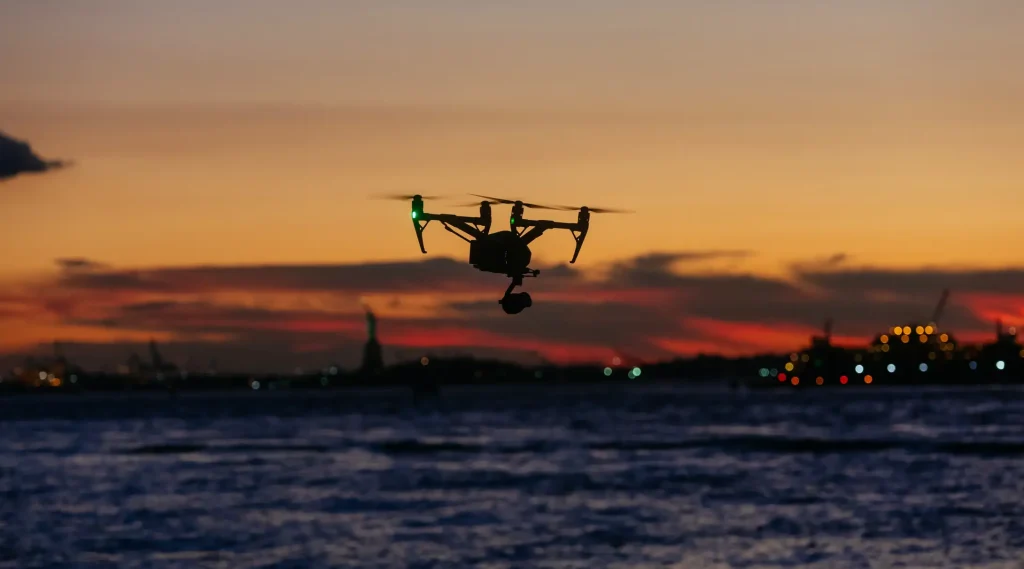Executive Summary
The commercial drone industry has experienced explosive growth, reaching $60.37 billion in 2024 with over 1 million registered drones in the United States. However, this rapid expansion has created a dangerous divide between certified, professional operators and unlicensed hobbyists operating illegally for commercial gain. For businesses, the choice between these options carries profound legal, financial, and operational consequences that extend far beyond the initial cost savings.
This report presents compelling evidence demonstrating why hiring certified, government-compliant drone contractors is not just the responsible choice—it’s the only legally defensible one. The data reveals that businesses attempting to save money by hiring uncertified operators face potential fines up to $75,000 per violation, unlimited liability exposure, and significant legal consequences.
The Regulatory Landscape: Part 107 and Part 61 Certifications
Understanding Professional Drone Certification
The Federal Aviation Administration (FAA) requires all commercial drone operators to hold a Part 107 Remote Pilot Certificate. This certification demonstrates competency in critical areas including airspace regulations, weather assessment, emergency procedures, and safety protocols. The certification process involves:
- Passing a comprehensive aeronautical knowledge exam
- Being at least 16 years old
- Demonstrating English proficiency
- Completing recurrent training every 24 months
- Maintaining physical and mental fitness for safe operations
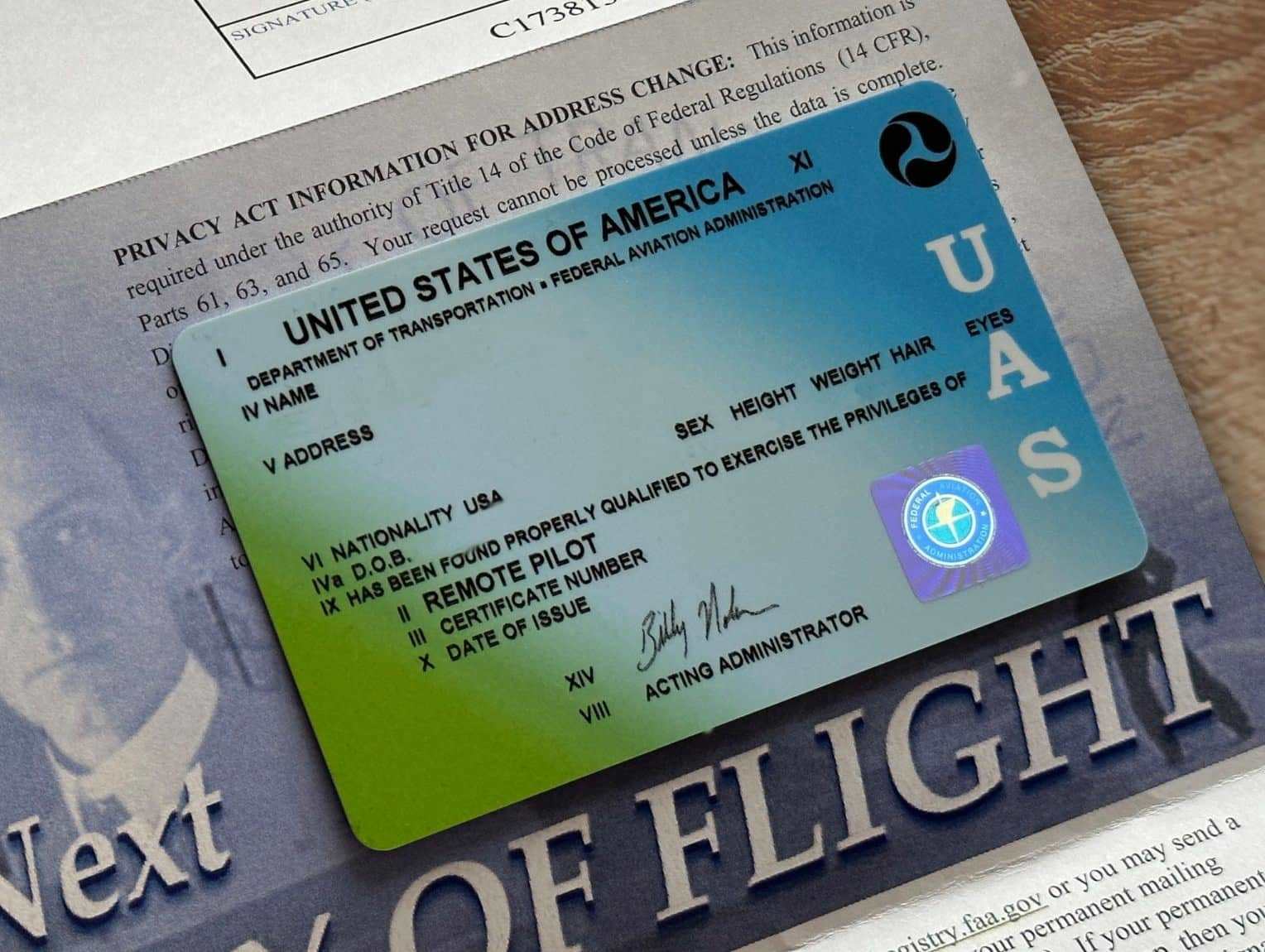
For operators with existing Part 61 pilot certificates (traditional manned aircraft licenses), the path to Part 107 certification is streamlined but still requires completing specialized unmanned aircraft training. This dual certification represents the highest level of aviation competency, combining traditional piloting expertise with modern drone technology knowledge.
Current Enforcement Statistics: The Cost of Non-Compliance
Recent FAA enforcement data reveals the serious financial consequences facing uncertified operators. Between 2022 and 2024, the FAA imposed $341,413 in civil penalties across 27 enforcement cases.
The maximum penalty per violation has increased to $75,000 under the 2024 FAA Reauthorization Act. The recently signed National Defense Authorization Act prevents federal agencies from using DJI or other Chinese-made drones. These drones make up 77% of all US drones in operation today, including many state & local EMS. Celebration OnPoint has chosen compliance from the start, operating 2025 NDAA Blue uAS compliant drones for our fleet.
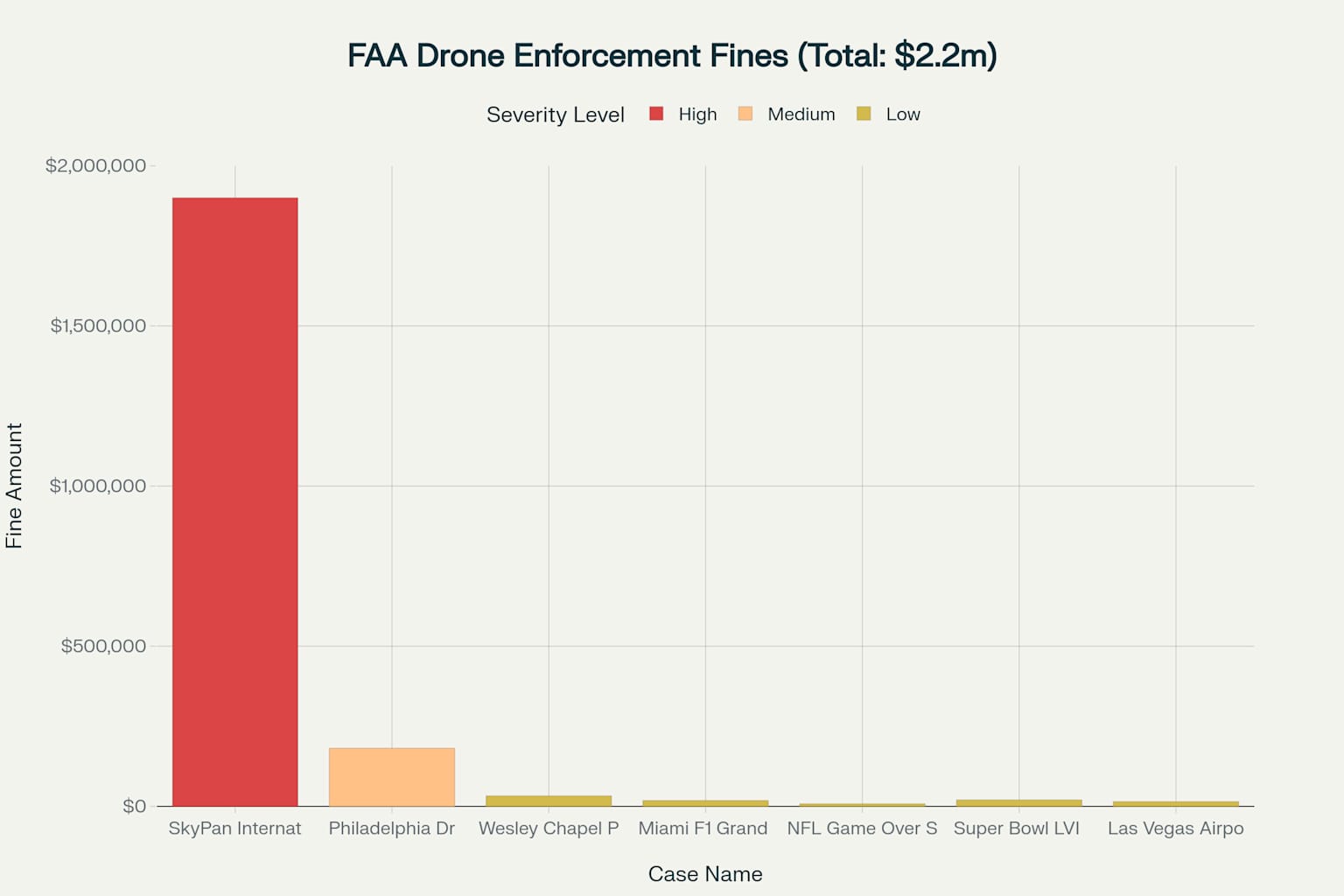
Major Enforcement Case Studies: Real Consequences for Real Violations
Case Study 1: SkyPan International—$1.9 Million Fine
The largest enforcement action in drone history involved SkyPan International, which received a $1.9 million fine for conducting 65 unauthorized commercial flights in New York City airspace without proper certification. The company operated for years without Part 107 certification, flying in some of the most restricted airspace in the country.
Case Study 2: Philadelphia YouTube Pilot—$182,004 in Penalties
A Philadelphia drone operator received 123 separate violation notices totaling $182,004 for illegal commercial operations documented on his monetized YouTube channel. Violations included flying above 400 feet, reckless operations, and operating without a Part 107 certificate while generating commercial revenue.
Case Study 3: Police Operation Interference – $32,700 Fine
An uncertified operator in Wesley Chapel, Florida, was fined $32,700 for interfering with a police helicopter search operation. The drone flew so close to the helicopter that the pilot had to abort the search for a burglary suspect to prevent a mid-air collision.
Case Study 4: Major Sporting Event Violations
Multiple operators have been fined for violations during high-profile events:
- $18,200 for TFR violation during Miami Formula 1 Grand Prix
- $16,000 and $4,000 for two separate Super Bowl LVI violations
- $7,760 for flying over an NFL stadium during a game
These cases demonstrate that the FAA actively monitors and prosecutes violations, particularly those that endanger public safety or occur in restricted airspace.
NDAA Legislation and Chinese Drone Security Risks
The Growing Security Threat
The National Defense Authorization Act (NDAA) has implemented comprehensive restrictions on Chinese-manufactured drones, which currently represent 77% of the US commercial drone market. The legislation addresses critical national security concerns including:
- Data transmission vulnerabilities to foreign governments
- Supply chain security risks in critical infrastructure
- Cybersecurity threats from compromised equipment
- Potential for remote hijacking and surveillance

Blue UAS Program: Approved Secure Alternatives
The Department of Defense has established the Blue UAS Program, which maintains a list of security-vetted, NDAA-compliant drone manufacturers. Approved manufacturers include:
- Skydio (X2D, X10 series)
- Teal Drones (Golden Eagle, Teal 2)
- Parrot (ANAFI USA/UKR)
- Edge Autonomy (VXE30 Stalker)
- Easy Aerial (Osprey)
Government contractors and federal agencies are prohibited from using non-compliant equipment, making NDAA compliance essential for any business working with federal entities.
Federal Contractor Requirements
The 2024 NDAA expands restrictions beyond federal agencies to include contractors and subcontractors. Businesses working on federal projects must ensure their drone service providers use only approved equipment and maintain proper certifications.
The False Economy of Uncertified Services
Hourly Rate Comparison Analysis
While uncertified operators may initially appear less expensive, this represents a dangerous false economy. Industry data reveals significant rate differences across sectors:

The apparent savings of $75-120 per hour quickly evaporate when considering the hidden costs and risks associated with uncertified operations.
Hidden Costs and Risk Exposure
The true cost of hiring uncertified operators extends far beyond hourly rates. Businesses face:
- Legal liability for operator violations
- Unlimited financial exposure without insurance coverage
- Potential FAA fines up to $75,000 per violation
- Project delays from amateur operations
- Security vulnerabilities from Chinese drone equipment
- Reputational damage from association with violations
Insurance and Liability Protection
Professional Insurance Requirements
Certified drone contractors typically maintain comprehensive commercial insurance coverage ranging from $1 million to $5 million in liability protection. Monthly costs range from $80 for standard commercial coverage to $300 for government contract-level protection.
The Insurance Gap for Uncertified Operators
Uncertified operators face severe limitations in obtaining insurance coverage. Most commercial insurance providers require valid Part 107 certification and exclude coverage for illegal operations. This leaves businesses working with uncertified operators exposed to:
- Unlimited liability for accidents and damages
- No coverage for property damage or personal injury
- Legal costs for defending against FAA enforcement actions
- Business interruption losses from operational shutdowns

Business Risk Assessment: Certified vs Uncertified
The risk differential between certified government contractors and uncertified operators is stark across all critical business factors. Professional contractors provide comprehensive risk mitigation through proper certification, insurance, and compliance protocols.
Professional Standards and Ongoing Compliance
Certification Maintenance Requirements
Professional drone operators must maintain currency through:
- Recurrent training every 24 months
- Continuous education on evolving regulations
- Equipment maintenance and safety protocols
- Insurance policy updates and renewals
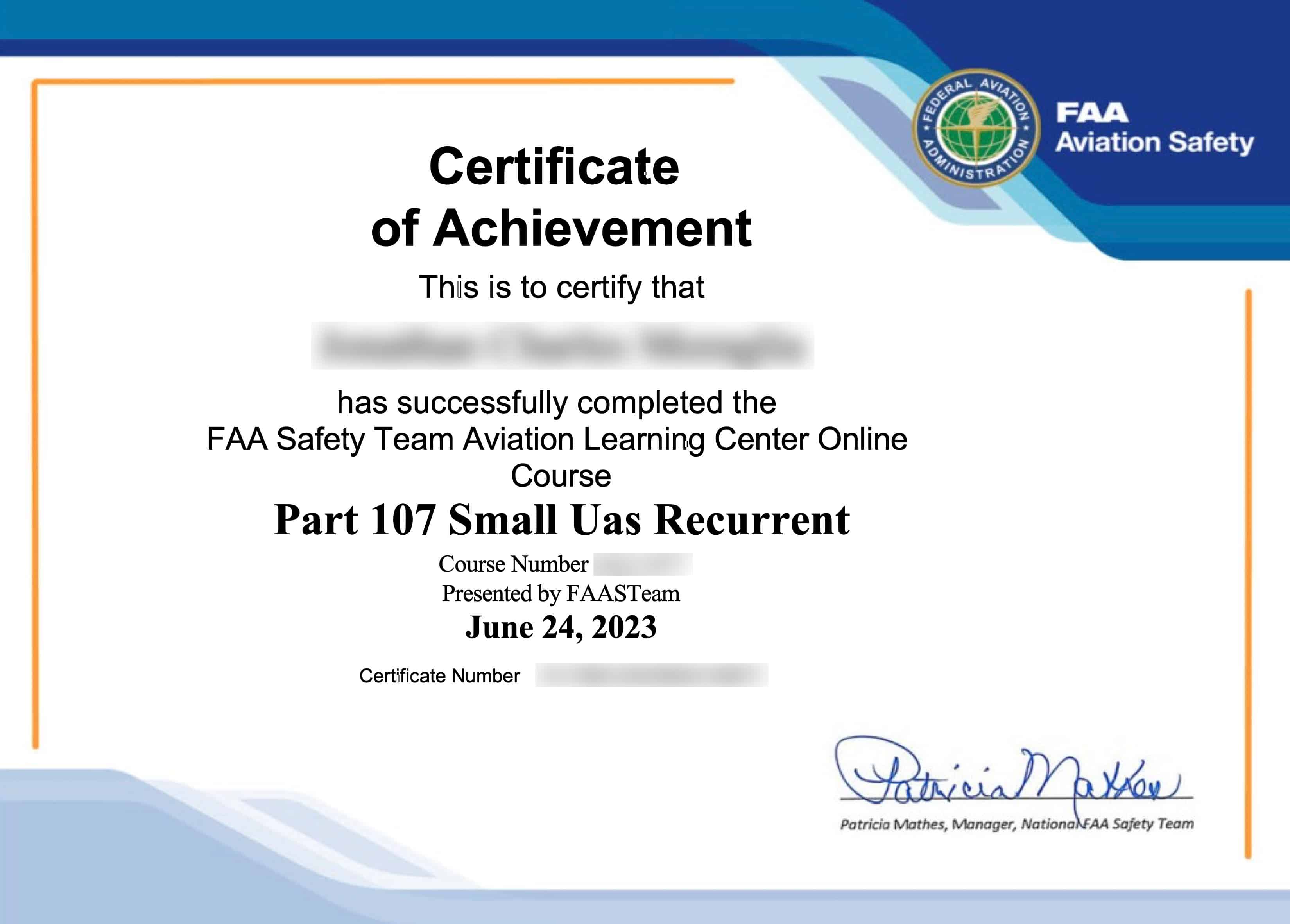
Government Contractor Advantages
Certified government contractors offer unique value propositions:
- Pre-vetted security clearances for sensitive projects
- Established compliance protocols for federal requirements
- Professional insurance coverage protecting all parties
- NDAA-compliant equipment ensuring data security
- Proven track record with government agencies
Market Statistics and Industry Context
The commercial drone industry represents a massive and growing market requiring professional oversight:
With over 300,000 certified Part 107 pilots operating legally, there is no shortage of qualified professionals. The choice to hire uncertified operators represents an unnecessary and dangerous risk in a market with abundant legitimate alternatives.
Regulatory Compliance Checklist
Professional drone contractors must demonstrate compliance across multiple requirements:
ndaa_compliance_comparison.csv
Generated File
This comprehensive compliance framework ensures that certified government contractors can deliver services without exposing clients to regulatory, security, or liability risks.
Call to Action: Protecting Your Business Investment
The evidence is clear: hiring uncertified drone operators represents a false economy that exposes businesses to potentially catastrophic financial and legal consequences. The modest hourly savings pale in comparison to the risks of:
- FAA enforcement actions with fines up to $75,000 per violation
- Unlimited liability exposure without insurance protection
- Security breaches from non-compliant Chinese equipment
- Project disruptions from amateur operations
- Reputational damage from association with violations
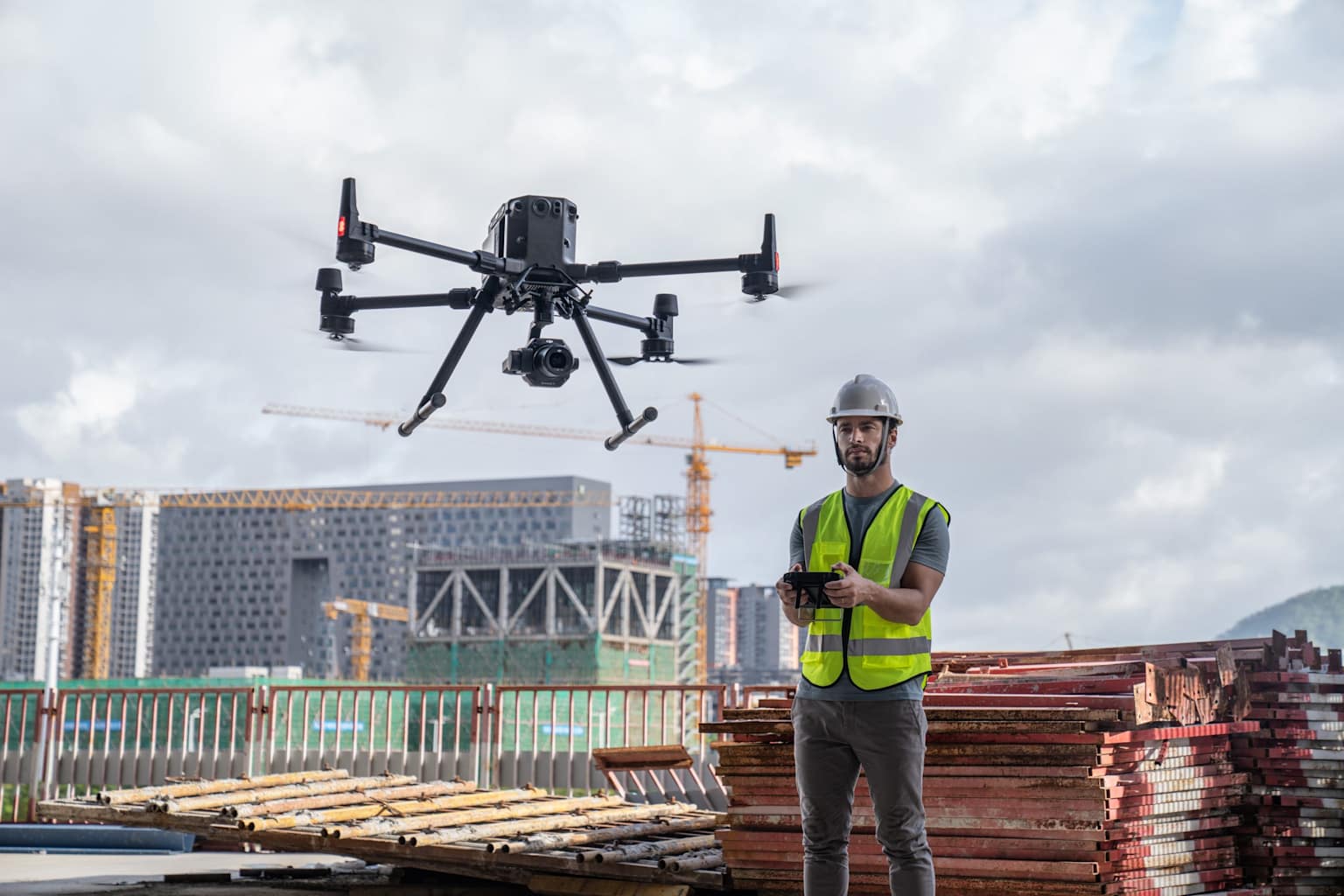
Verification Steps for Responsible Hiring
Before engaging any drone service provider, businesses should:
- Verify Part 107 certification – Request to see current certificates
- Confirm insurance coverage – Require proof of adequate liability insurance
- Check equipment compliance – Ensure NDAA-approved equipment for government work
- Review safety protocols – Verify professional operating procedures
- Validate government contractor status – For federal projects, confirm contractor credentials
The commercial drone industry offers tremendous value when services are provided by certified, compliant professionals. The risk of cutting corners by hiring uncertified operators far outweighs any perceived cost savings. Protect your business by choosing certified government contractors who bring expertise, compliance, and peace of mind to every project.
Don’t risk your business on amateur operations. Choose certified. Choose compliant. Choose professional. Choose OnPoint.

